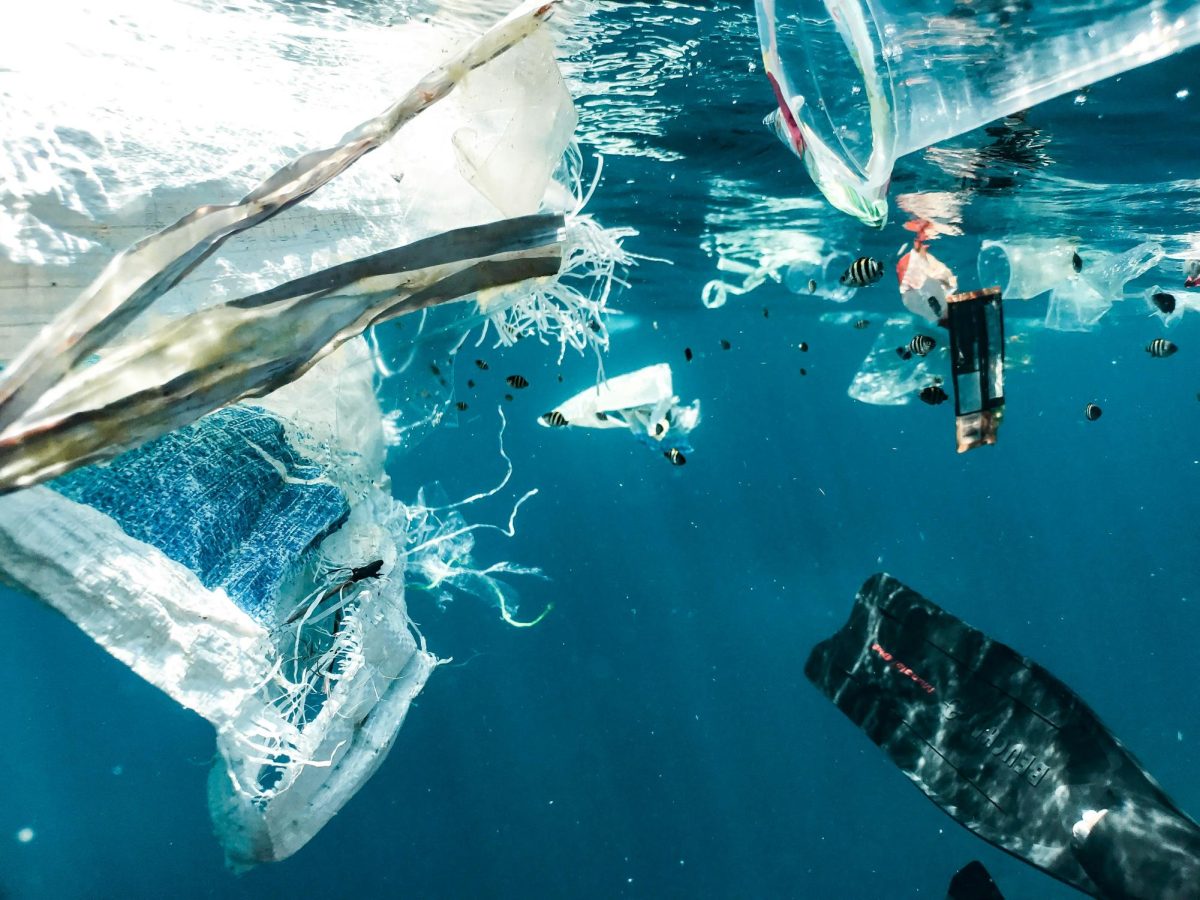As the effects of climate change become increasingly alarming, and the space travel industry grows at a rapid rate, many hope for a “savior” of sorts: finding another habitable planet. Although there are thousands of planets in our galaxy alone, this task proves itself to be an almost unachievable one. The reason? For our survival, all parameters on this “Planet B” must be fine-tuned to almost perfection. Planetary candidates wanting to claim this title must pass a long checklist of requirements.
Water
Without liquid water, there is no life. It is the most solvent liquid, which is why water is also called “universal solvent”. This solubility allows many chemical reactions, such as photosynthesis or cellular respiration, to take place. Enzymes, the proteins that trigger these reactions, normally need water to work properly. Water also transports the nutrients, gases, and waste products throughout the body, and helps regulate the body temperature of organisms. Additionally, water, as one of the major components of cells, helps them maintain their structure. In short, life as we know it would be impossible without water. Species would go extinct and ecosystems would collapse. Our climate would become inhospitable as well, as there would be an immense fluctuation in temperature from day to night without evaporation and precipitation.
Oxygen
Oxygen is one of the most important gases for us, playing a vital role in many biological processes of aerobic organisms (which includes us humans and most plants and animals). During the process of cellular respiration, which is how plants use glucose to generate energy, oxygen enables the efficient production of ATP. Oxygen is also essential for our brain to perform cognitive tasks correctly.
Light
Besides enabling us to see, light is crucial for the energy production of many organisms. Plants need light as one of the reactants for photosynthesis, the process that helps them generate chemical energy and release oxygen as a by-product. Light also shapes our circadian rhythms, which impact our metabolism and sleep-wake cycles. It is also necessary to regulate the temperature, as light warms the Earth’s surface, which in turn affects the habitats and ecosystems of many life forms.
The Right Temperature
A planet we want to live on has to have the right temperature: not merely for us to be comfortable, but because temperature influences various processes important for life on Earth. As stated above, water is a vital resource for our survival. With temperature changes, its liquid state could soon turn into a solid or gaseous one, impeding water’s role in hydration, the transportation of nutrients and cell structure. Additionally, chemical reactions are affected by temperature, as they may slow down, speed up or change the activation energy needed. This would impact biochemical processes such as respiration or photosynthesis, essential for life. Lastly, temperature also shapes the planet itself. Temperature affects air circulation, climatic patterns, and weather, which has an impact on the planet’s habitability. A planet with a drastically different temperature from Earth would as a result also have a completely different atmosphere and different geological features and surfaces. This could make it hard or even impossible for us to adapt to life there. Exoplanets we may want to inhabit must be in the so-called “Goldilocks-Zone”, meaning the planet’s orbit around the sun must be inside the range where water remains liquid: not too hot, not too cold; just right.
Gravity
Gravitational forces, although we may not pay much attention to them in daily life, play a major role in making Earth habitable for us. Besides the most obvious, keeping us on the ground, gravity is also the reason we can breathe or eat. It also keeps our atmosphere in place, which without gravity would simply evaporate into space.
Possible candidates
One of the most famous exoplanet-candidates is TRAPPIST-1e. Looking at it, the planet almost appears like Earth’s long-lost sister, with similar brownish green landmasses dispersed across a vast blue ocean. Scientists also think the planet is likely to have clouds, meaning its atmosphere would be comparable to other rocky plants of our solar system. And while it is of similar size, temperature, and density to Earth, there are a few key differences. For one, Trappist- 1e’s star, TRAPPIST, is much cooler than the sun, and a lot less bright. It is also thought that Trappist 1e is tidally locked, meaning only one side of the planet ever faces the sun, making one side potentially uninhabitable. Additionally, according to a study in 2024, there is evidence that Trappist 1e’s atmosphere may someday be stripped away by its star. All in all, Trappist-1e seems like a viable candidate in our search for a second earth, especially given the fact that its star is predicted to be one of the longest living of our Universe.
Kepler 22b is another planet on the list. With an average surface temperature of 22° Celsius and orbiting a star similar to our Sun, scientists were optimistic when the Kepler 22b was discovered in 2011. In the meantime, however, it has been suggested Kepler’s surface could be more similar to Neptune’s, making human settling harder: the gas giant, as the name suggests, doesn’t have a solid surface, and is instead made up of gas clouds, water, and ice over a rocky core.
Life is picky: with more than 10^25 planets to choose from, for all we know, it only decided to inhabit Earth. As of our current knowledge, this fact will probably stand true for a while longer. For us to be able to live on another planet, a lot of factors have to be taken into consideration. Scientists will continue to search for a second Earth in the vastness of our universe, but until then, we have to sit tight, and learn how to take care of the one we have right now.






